
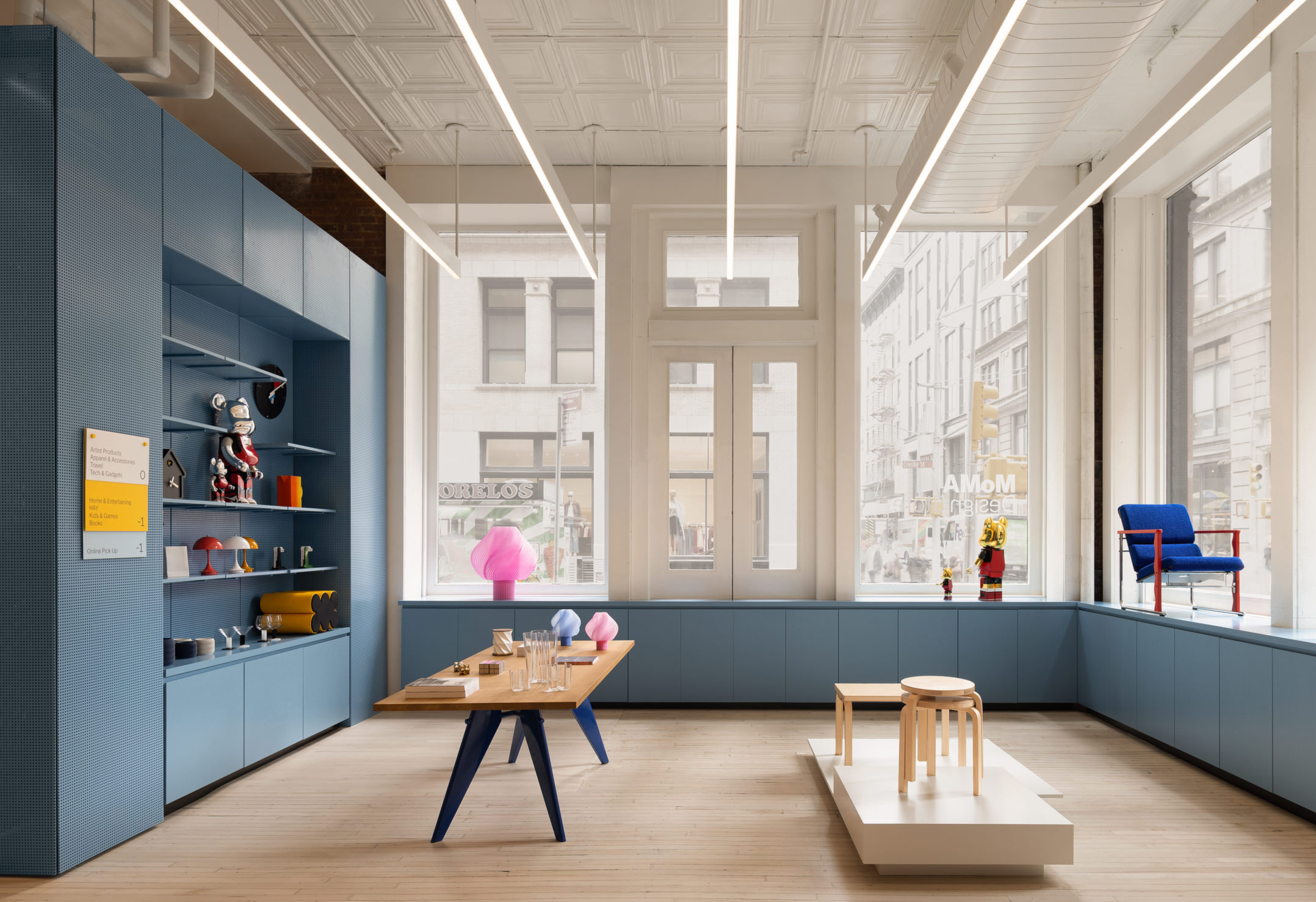
MoMA Design Store SoHo
The renewed MoMA Design Store offers visitors not just the opportunity to bring home beautifully designed objects, but to understand the cultural significance, creative processes, and human stories that make these objects meaningful. In this way, the architecture itself becomes an active participant in MoMA's mission to make thoughtful design accessible and engaging to all.
The MoMA Design Store has always been more than a retail space; it's a curated extension of the museum experience. Our design philosophy embraces this by creating a spatial hierarchy that elevates merchandise from simple products to cultural artifacts with stories to tell.
This renovation honors both the building's heritage and MoMA's ongoing commitment to design excellence. By revealing the authentic character of this SoHo landmark, constructed in 1884, this renovation celebrates the building, creating an authentic backdrop that grounds the visitor experience.
The cast iron and masonry structure represents a pivotal era in New York's architectural evolution, but the original cast iron columns, masonry walls, and industrial details have long been hidden behind renovations and displays. Our contemporary architectural interventions are designed as a counterpoint to these historic elements. Modern lighting systems cast the original features in dramatic relief, while minimalist display structures create negative space that allows the building's character to breathe. This juxtaposition doesn't merely preserve history—it activates it, inviting visitors to experience the dialogue between past craftsmanship and present innovation. Likewise, The windows on Spring Street, previously blocked by partitions, are re-opened, creating a clear connection between the neighborhood and the Store.

The renewed MoMA Design Store offers visitors not just the opportunity to bring home beautifully designed objects, but to understand the cultural significance, creative processes, and human stories that make these objects meaningful. In this way, the architecture itself becomes an active participant in MoMA's mission to make thoughtful design accessible and engaging to all.
This renovation honors both the building's heritage and MoMA's ongoing commitment to design excellence. By revealing the authentic character of this SoHo landmark, constructed in 1884, this renovation celebrates the building, creating an authentic backdrop that grounds the visitor experience.
The cast iron and masonry structure represents a pivotal era in New York's architectural evolution, but the original cast iron columns, masonry walls, and industrial details have long been hidden behind renovations and displays. Our contemporary architectural interventions are designed as a counterpoint to these historic elements. Modern lighting systems cast the original features in dramatic relief, while minimalist display structures create negative space that allows the building's character to breathe. This juxtaposition doesn't merely preserve history—it activates it, inviting visitors to experience the dialogue between past craftsmanship and present innovation. Likewise, The windows on Spring Street, previously blocked by partitions, are re-opened, creating a clear connection between the neighborhood and the Store.































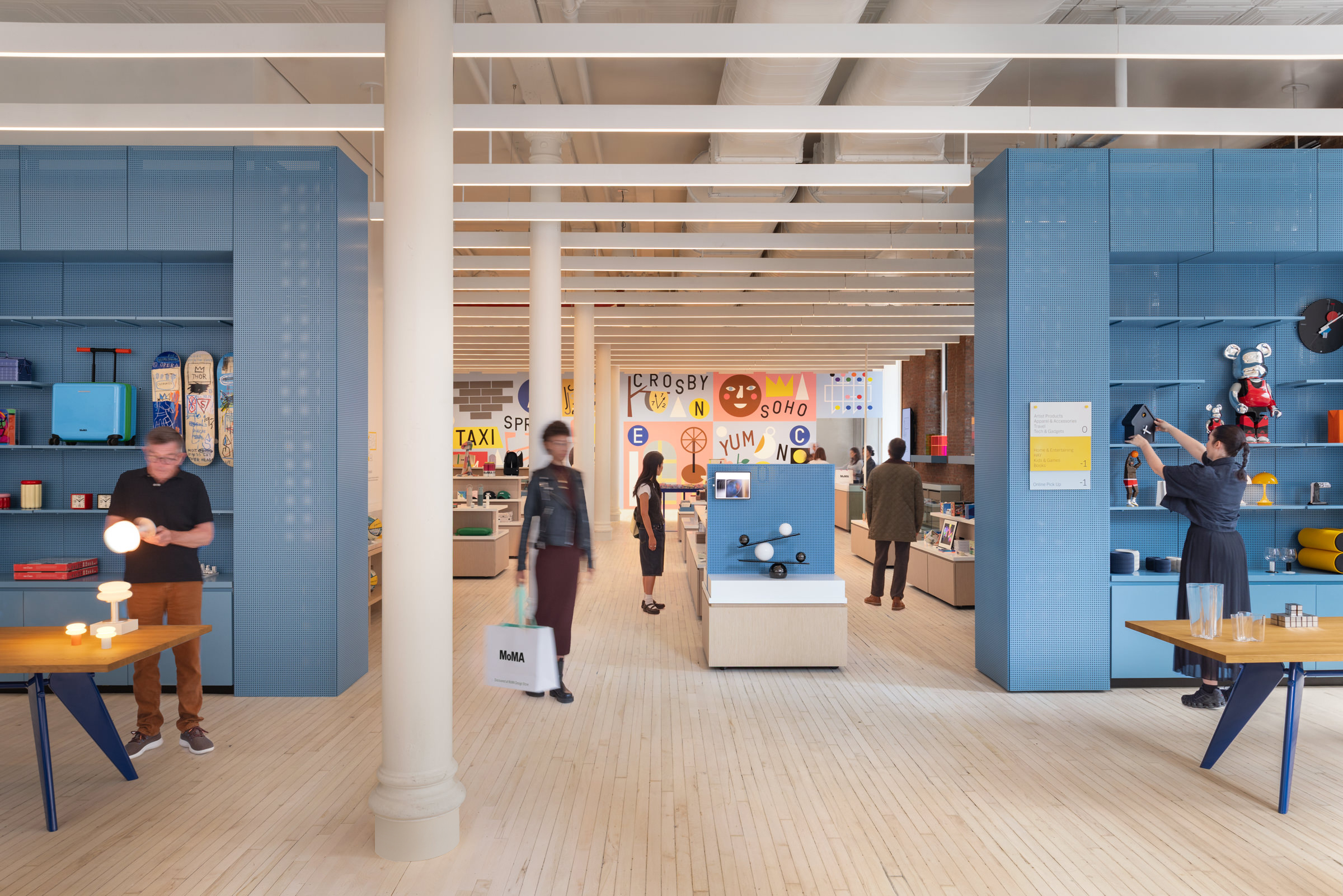
































We are creating a new space in the front of the store, dedicated exclusively to objects that are part of the museum collection, and to collaborations with contemporary designers. The renovation also introduces a system of display typologies that communicate different layers of narrative. Most distinctive are the perforated steel display walls, finished with a signature paint treatment that creates a visually dynamic yet neutral canvas. These surfaces serve as backdrops for featured collections, allowing for integrated storytelling elements that highlight designers' processes, inspirations, and connections to MoMA's collection.



We are creating a new space in the front of the store, dedicated exclusively to objects that are part of the museum collection, and to collaborations with contemporary designers. The renovation also introduces a system of display typologies that communicate different layers of narrative. Most distinctive are the perforated steel display walls, finished with a signature paint treatment that creates a visually dynamic yet neutral canvas. These surfaces serve as backdrops for featured collections, allowing for integrated storytelling elements that highlight designers' processes, inspirations, and connections to MoMA's collection.
























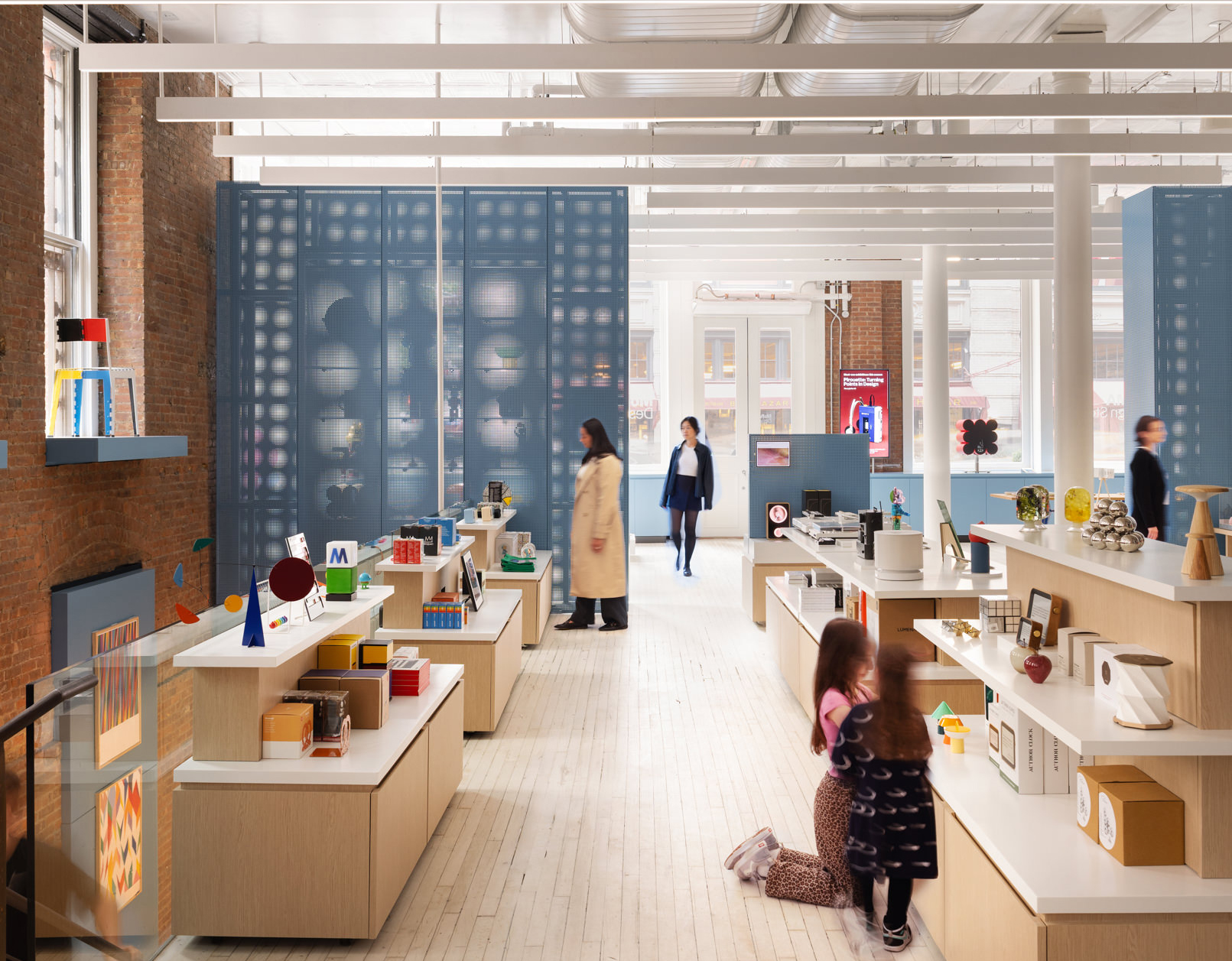








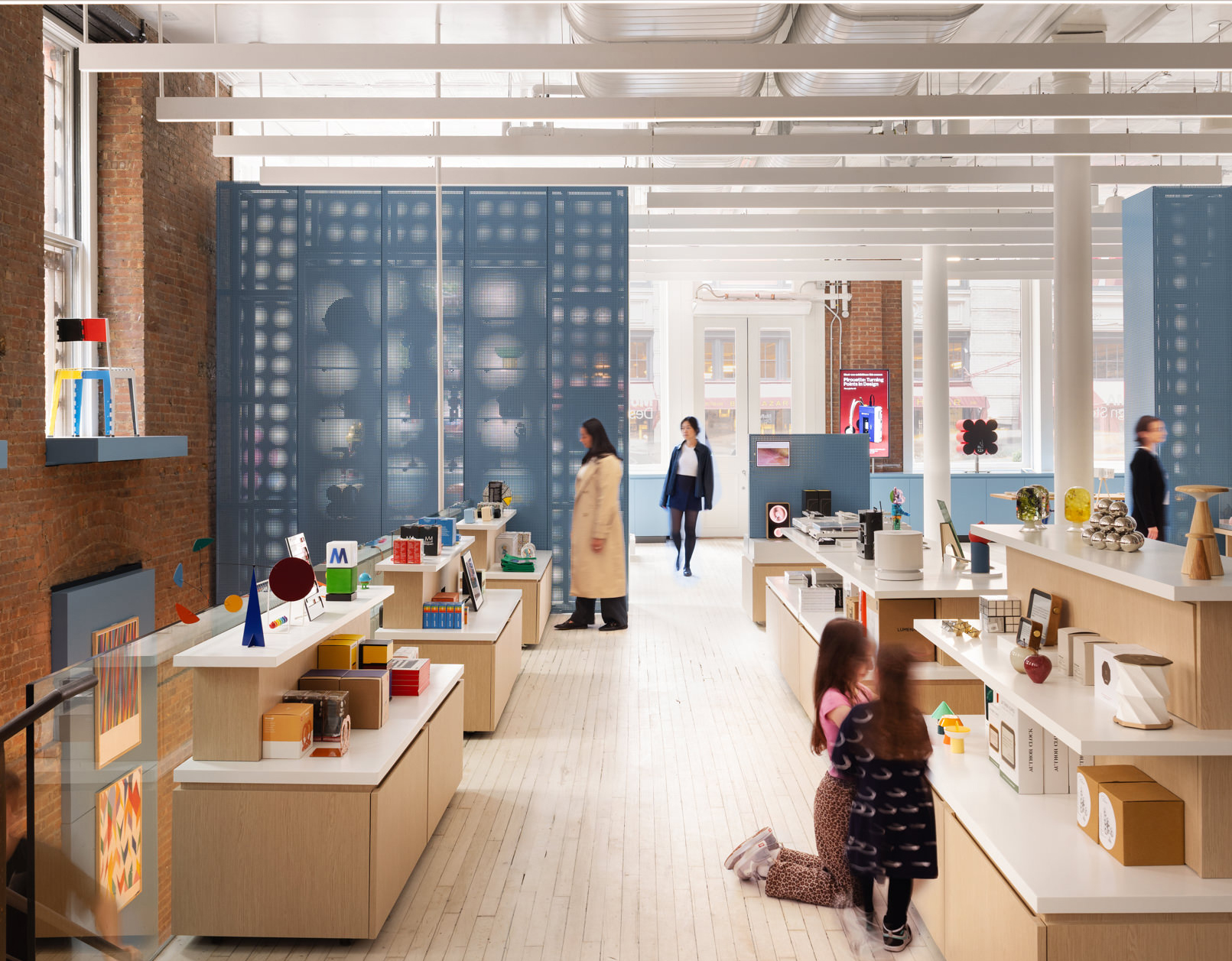























The expansive north wall serves as a canvas for a program of rotating artist murals, visible from Spring Street and drawing passersby into the space. This architectural feature creates a direct bridge between the Design Store and MoMA itself, allowing art to have a prominent presence in the retail environment. The scale and visibility of this wall transforms the mural into both a major interior focal point and a dynamic element of SoHo's streetscape, reinforcing the connection between art, design, and everyday life that sits at the core of MoMA's mission.



The expansive north wall serves as a canvas for a program of rotating artist murals, visible from Spring Street and drawing passersby into the space. This architectural feature creates a direct bridge between the Design Store and MoMA itself, allowing art to have a prominent presence in the retail environment. The scale and visibility of this wall transforms the mural into both a major interior focal point and a dynamic element of SoHo's streetscape, reinforcing the connection between art, design, and everyday life that sits at the core of MoMA's mission.
























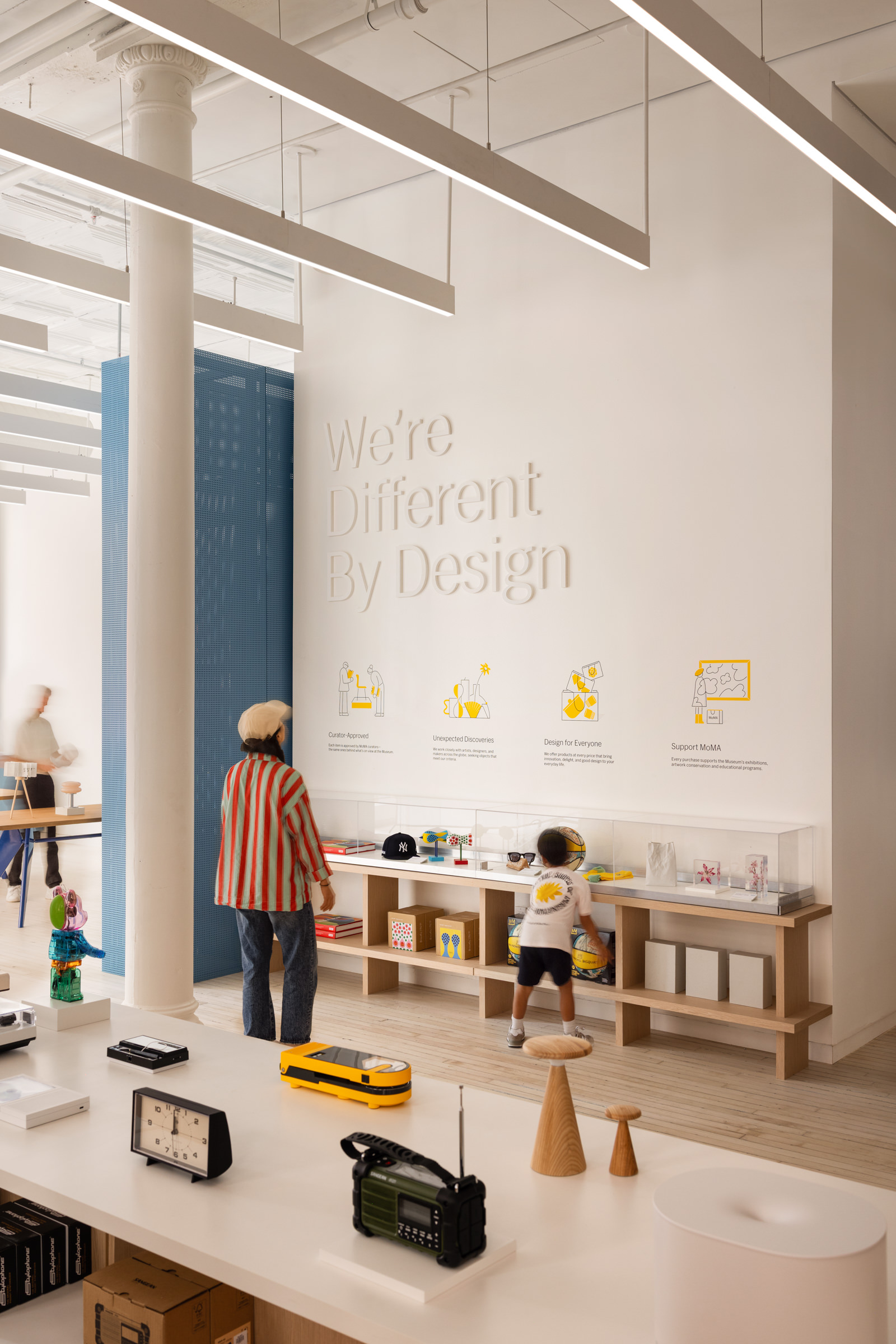


By creating contemporary systems for merchandise curation and storytelling, the space embodies the very dialogue between history and innovation that defines great design.



By creating contemporary systems for merchandise curation and storytelling, the space embodies the very dialogue between history and innovation that defines great design.
























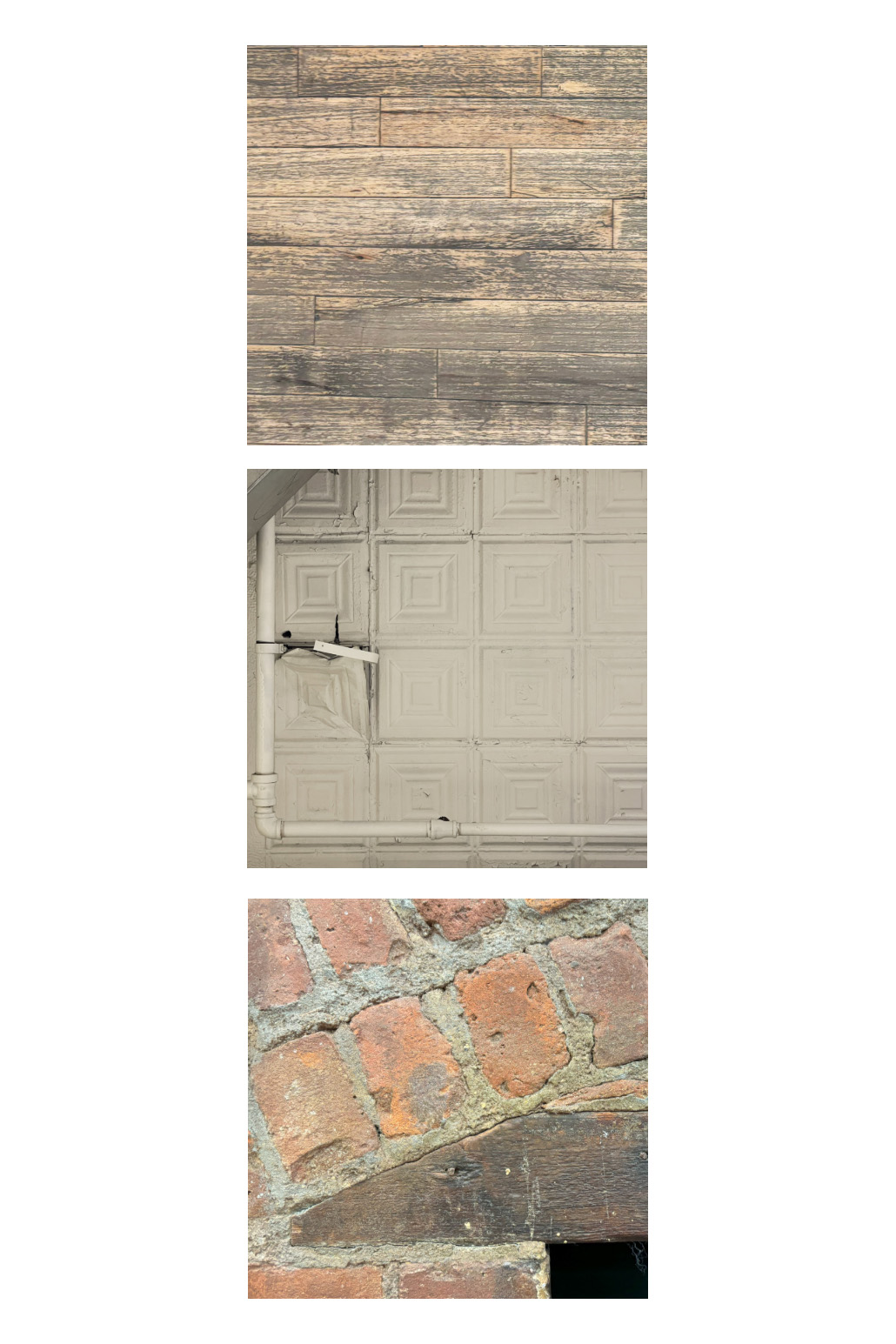



























































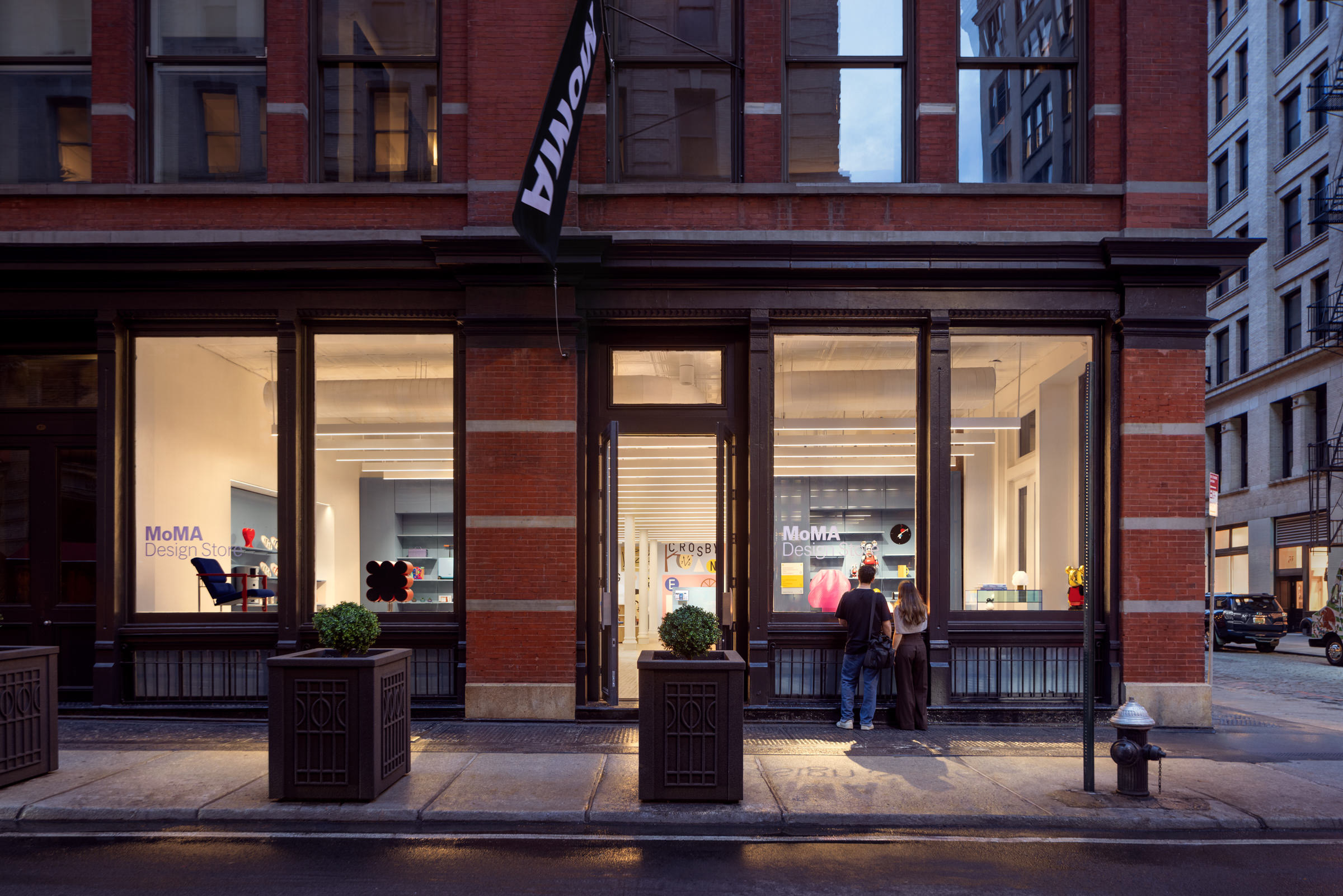





























Miriam Peterson
Nathan Rich
Ethan Kaplan
Jane Van Velden



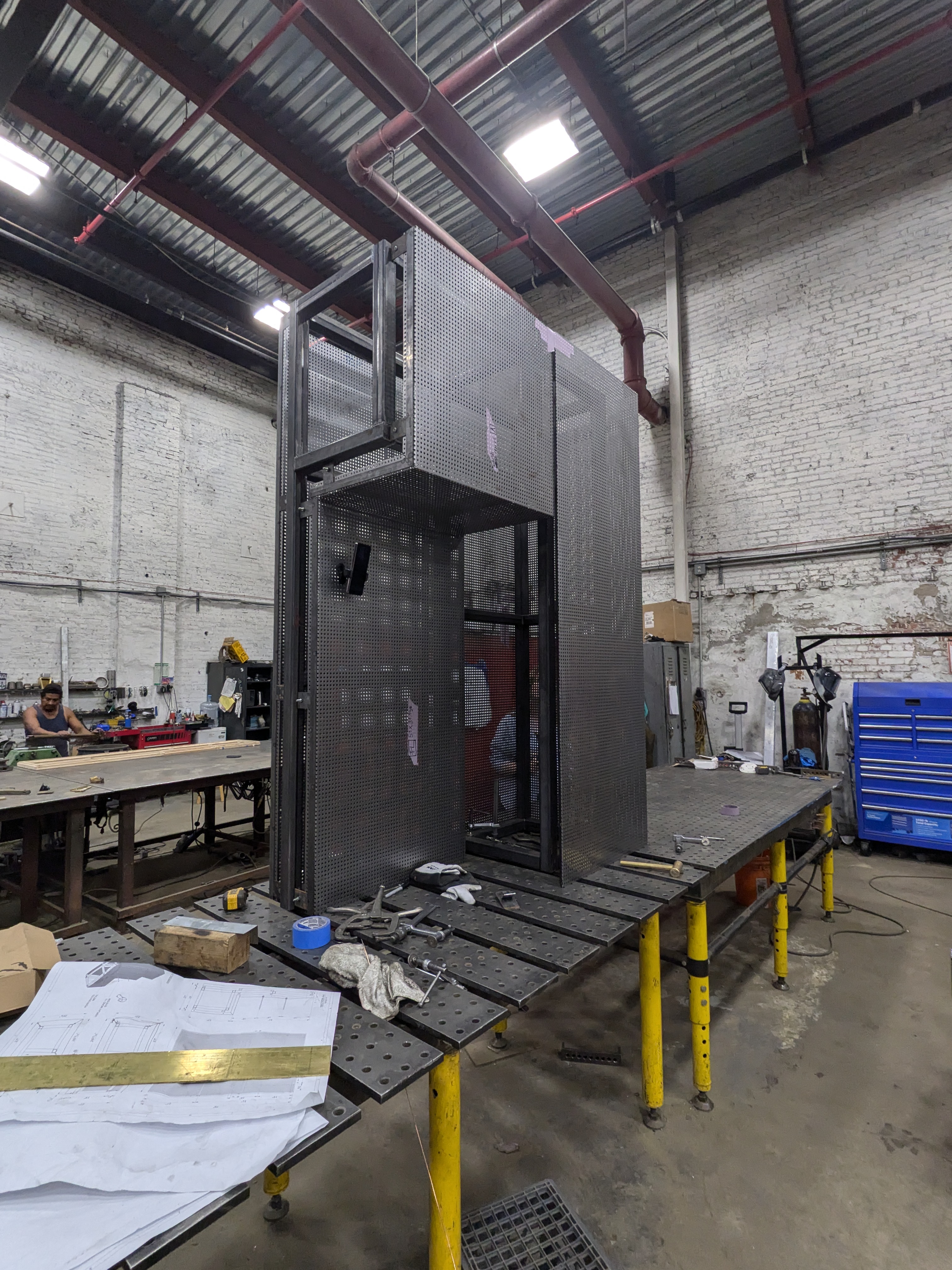
.jpg)


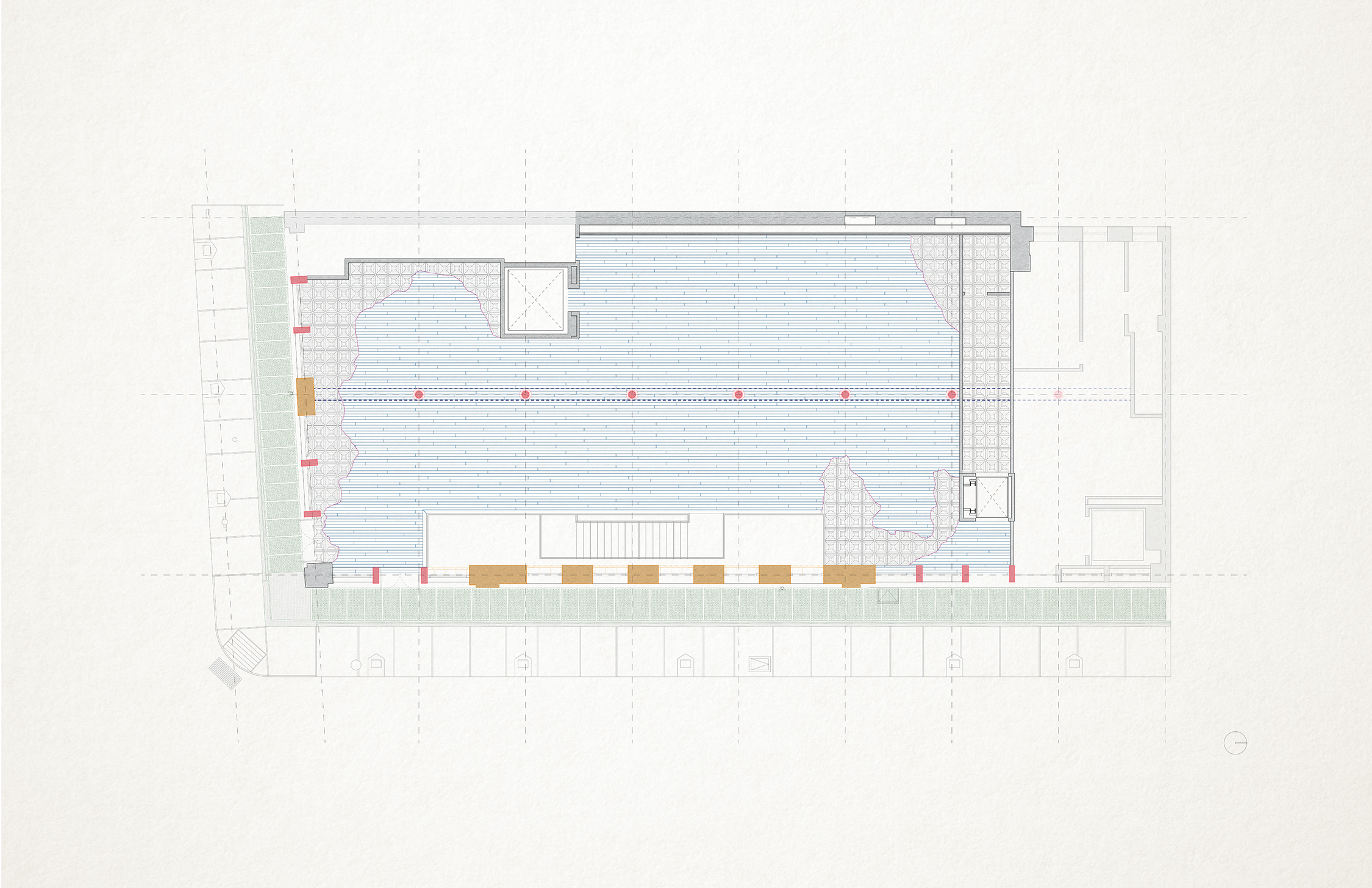
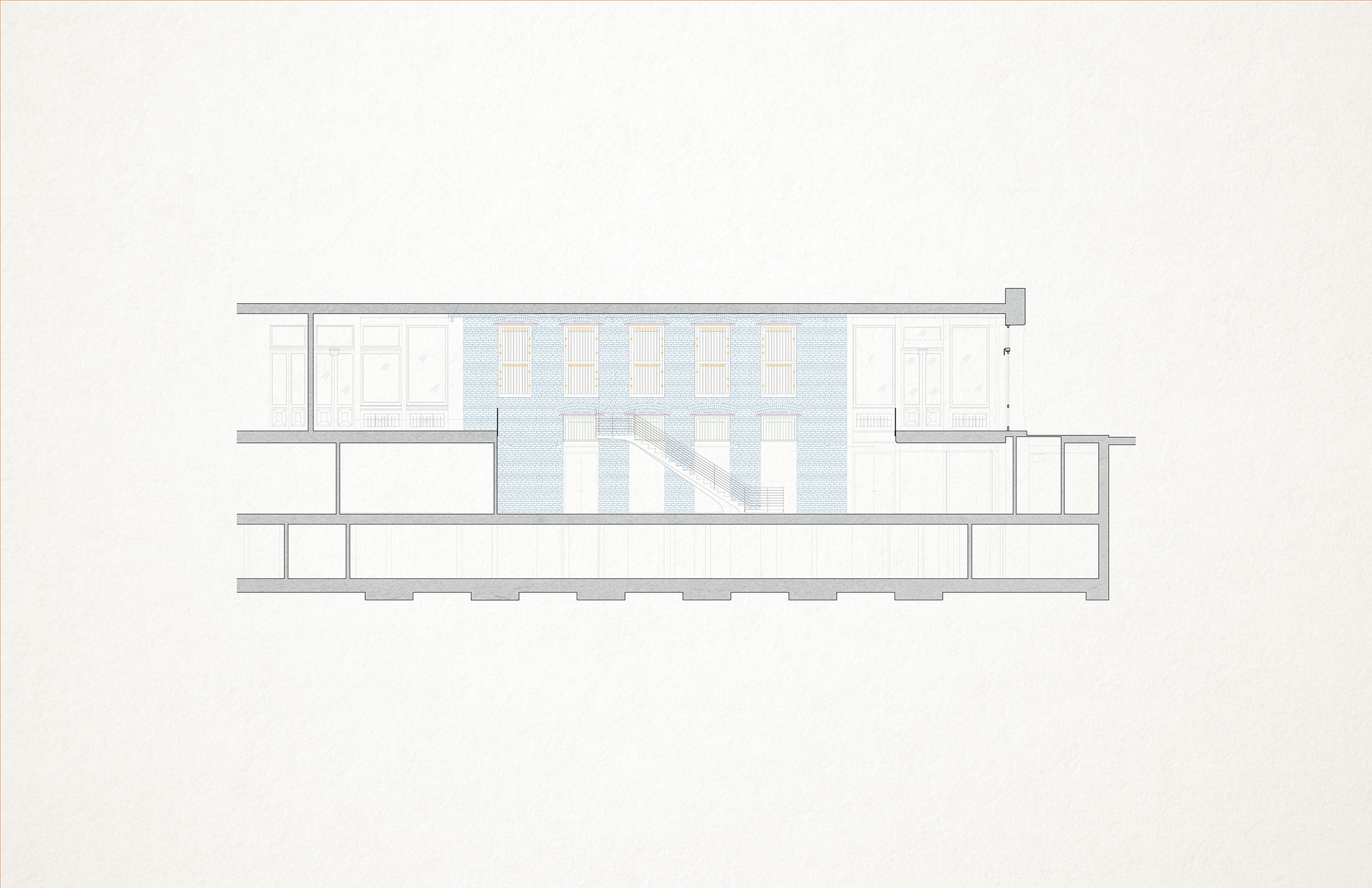
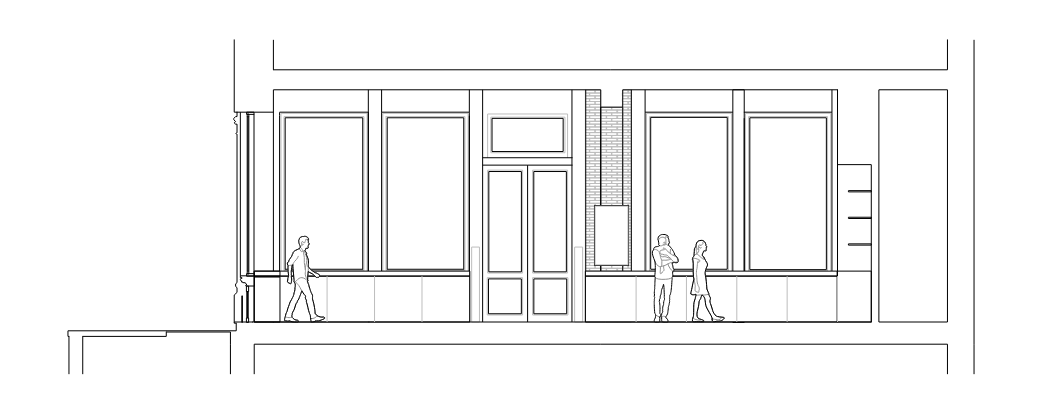
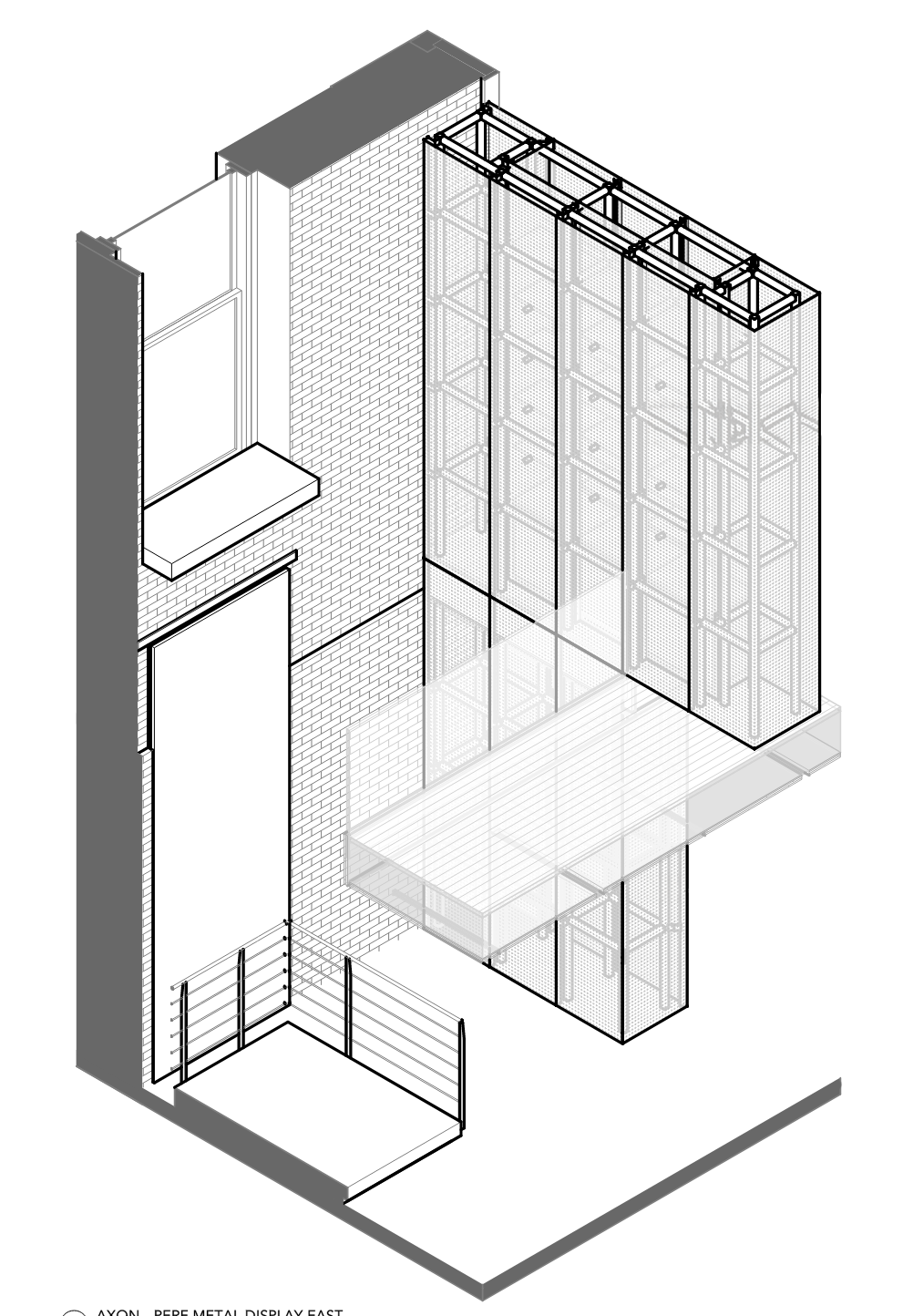
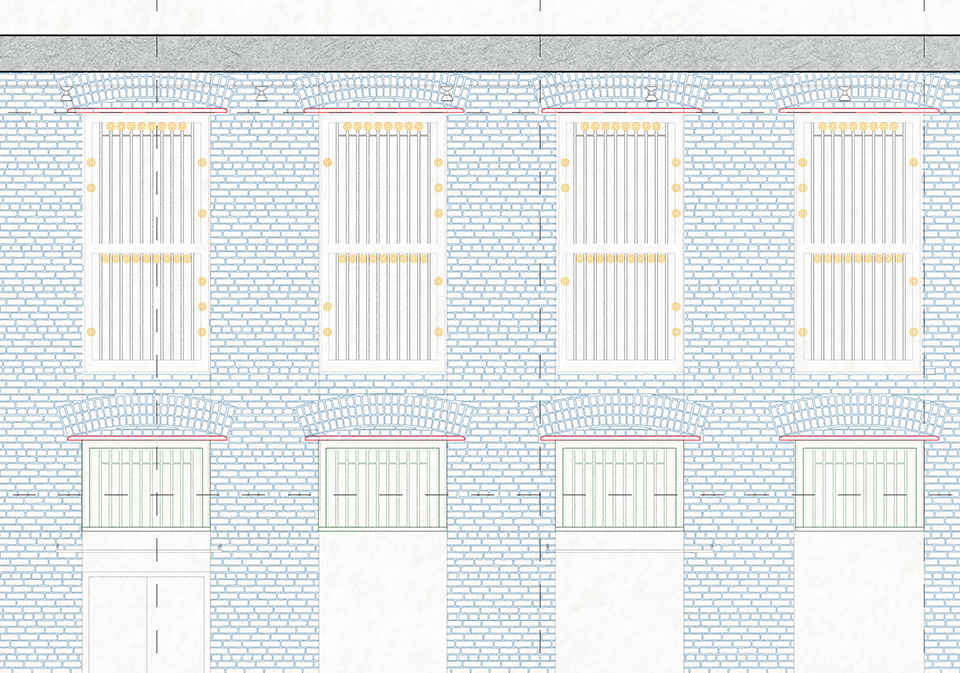
"MoMA's newly reimagined Soho store is a must-visit design destination."
MoMA design store renovation celebrates messiness of 19th-century new york
In SoHo, MoMA Design Store Embarks on a Colorful New Chapter
Peterson Rich Office blends gallery and shop in Soho MoMA Design Store renovation

